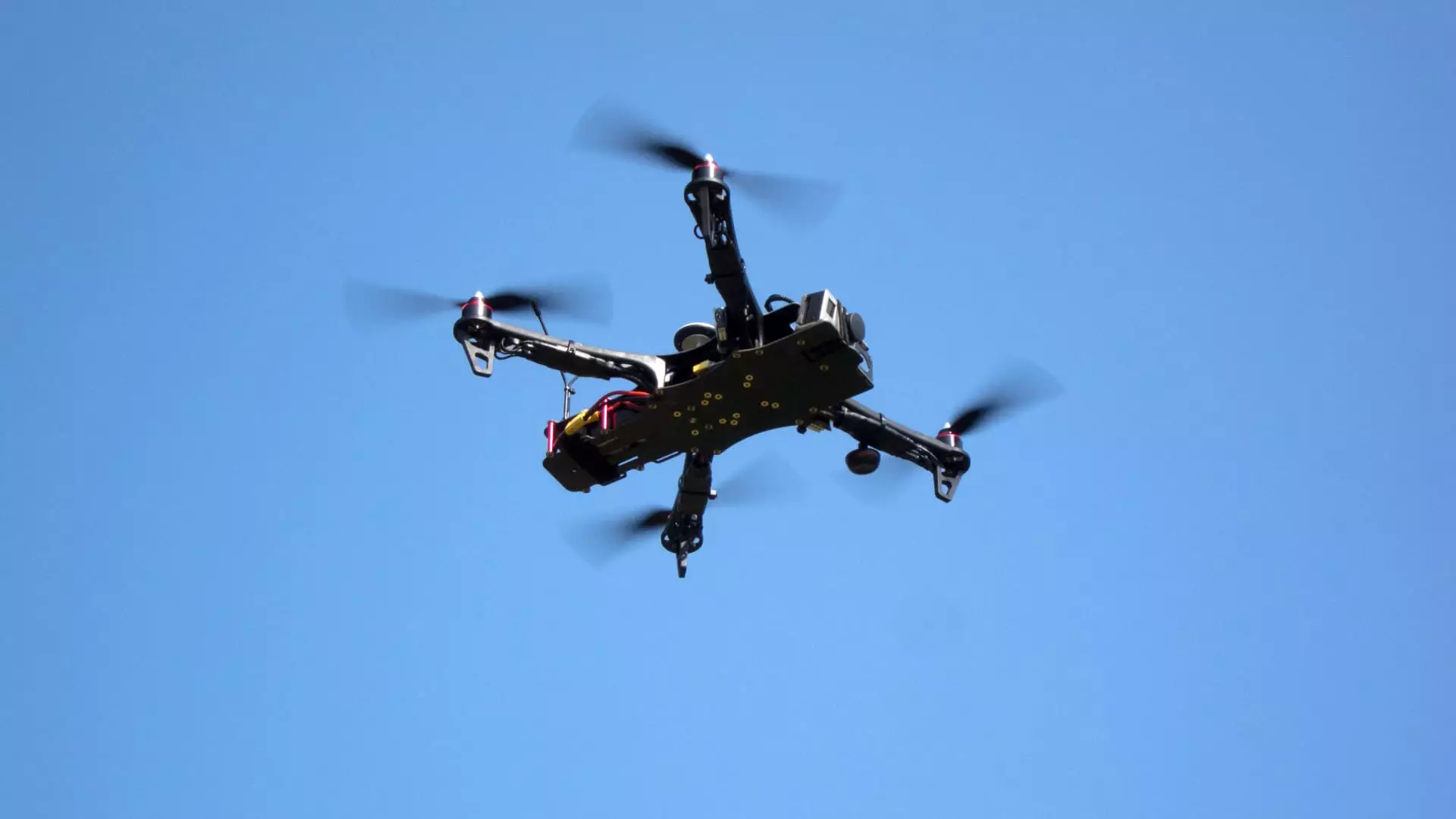Over recent weeks, reported drone sightings over New Jersey have stirred significant concern among officials at the FBI and the Department of Homeland Security (DHS). However, as investigations unfolded, a surprising finding came to light: many sightings were misidentified manned aircraft rather than drones. This revelation emphasizes the importance of accurate identification and the potential for misinformation during investigations. Federal authorities have thoroughly examined hundreds of reports, which emerged predominantly since mid-November. The findings underscore the necessity for public clarity regarding aerial activities in sensitive regions, including those surrounding high-profile locations such as golf courses owned by political figures and military research facilities.
Critically, these investigations have not substantiated any allegations of malicious behavior or national security threats. DHS officials have explicitly stated that no evidence connects the reported drones to illegal activities, foreign involvement, or public safety risks. This crucial piece of information helps mitigate the frenzy often incited by alarming news reports, showcasing how, even in an era of heightened scrutiny, the initial response to potential threats can be more reactionary than factual. The absence of any criminal undertones reassures citizens, emphasizing that vigilance in our airspace does not have to translate into panic.
The Role of Technology and GPS
Despite the lack of identified wrongdoing, unverified speculations regarding the origins of these drone sightings persist. Representative Mike Waltz’s remarks highlight an intriguing perspective: the possibility of drones operating autonomously by following pre-established GPS coordinates. This indicates that technological developments may have outpaced regulatory or monitoring protocols, raising questions about how adaptable our defenses are in the face of emerging technologies. His discussion also reveals a potential paradigm shift in how we think about aerial security—extending beyond traditional aerial threats to incorporate multifaceted considerations like commercial drones and GPS technology.
Waltz’s suggestions for enhanced aerial defenses, like an “Iron Dome for America,” pivot the dialogue to national security policymaking. The proposal encompasses not just traditional military threats, but also new-age airborne technologies entering civilian domains. The call to protect U.S. airspace must acknowledge the intricate layers of threats, including drones that can be easily misidentified. As we evolve our defense mechanisms, understanding the nuances of these technological advancements will be key to ensuring comprehensive protection for American airspace.
Ultimately, this situation underscores the importance of measured responses to aerial sightings and the critical role of reliable intelligence in public safety. By fostering a national discourse that balances vigilance and rationality, we can navigate the challenges posed by drones and similar technologies without succumbing to undue alarm. The findings from the ongoing investigations should serve as a prompt for both authorities and citizens to engage in constructive dialogue, advocating for the necessary adaptations in policy and defense strategies while maintaining a clear vision grounded in verified information.

Leave a Reply